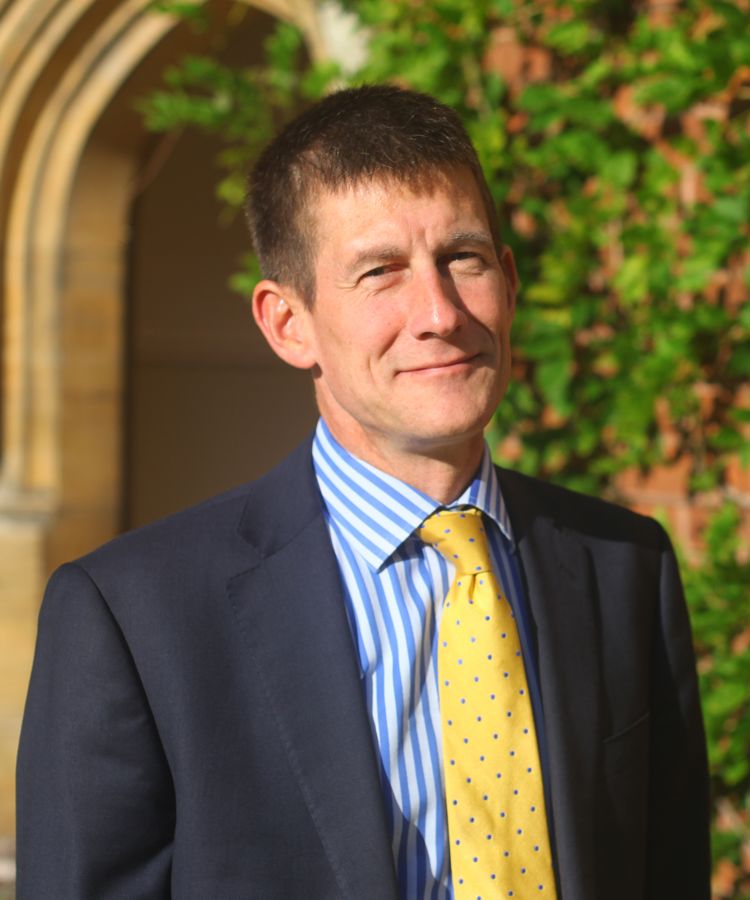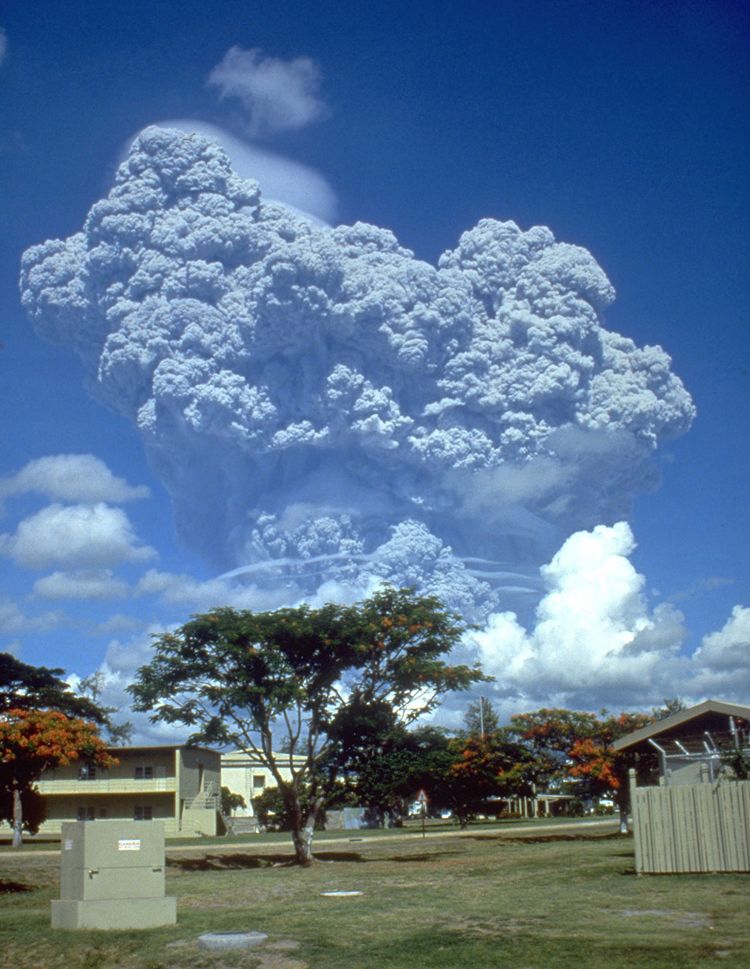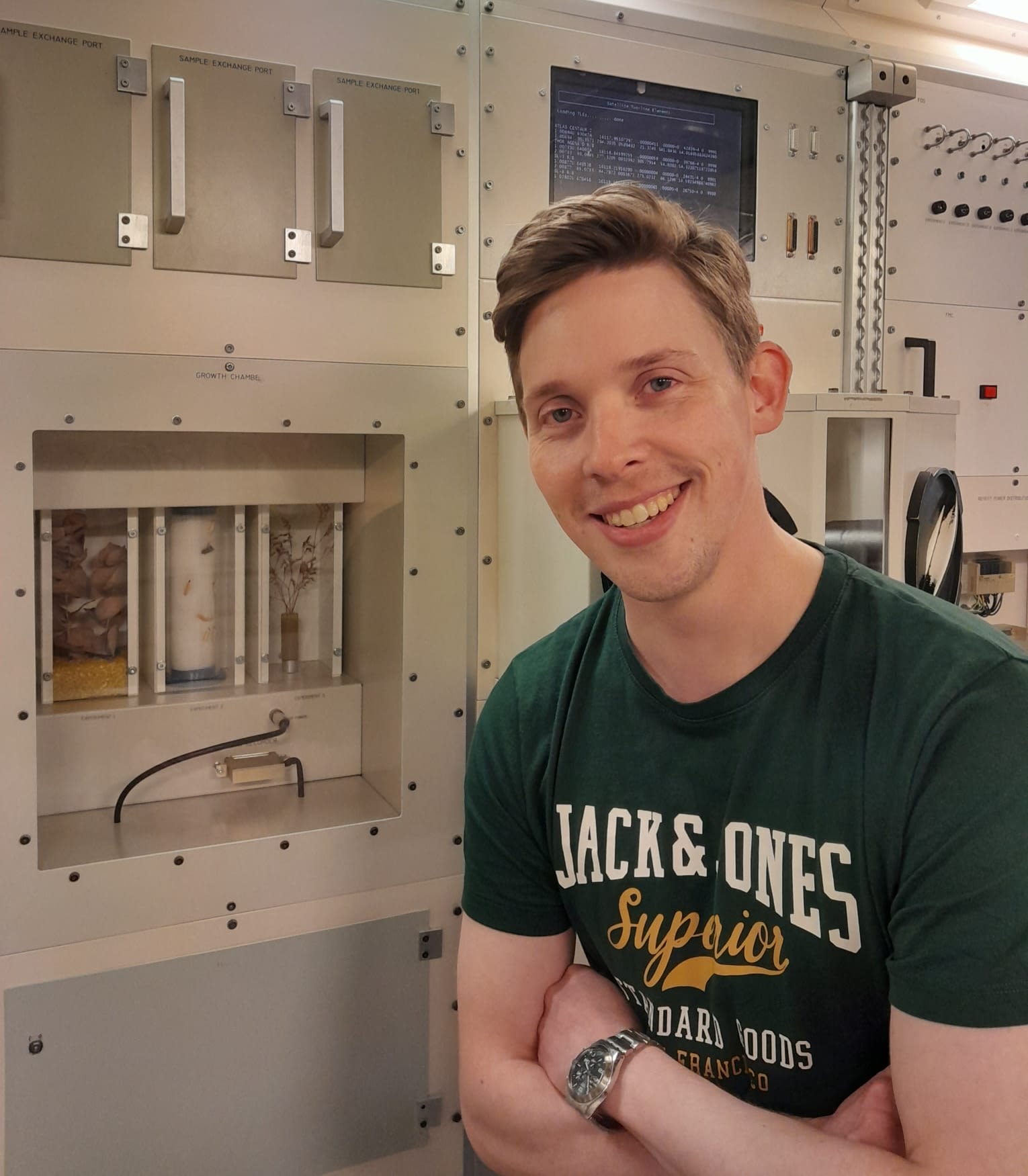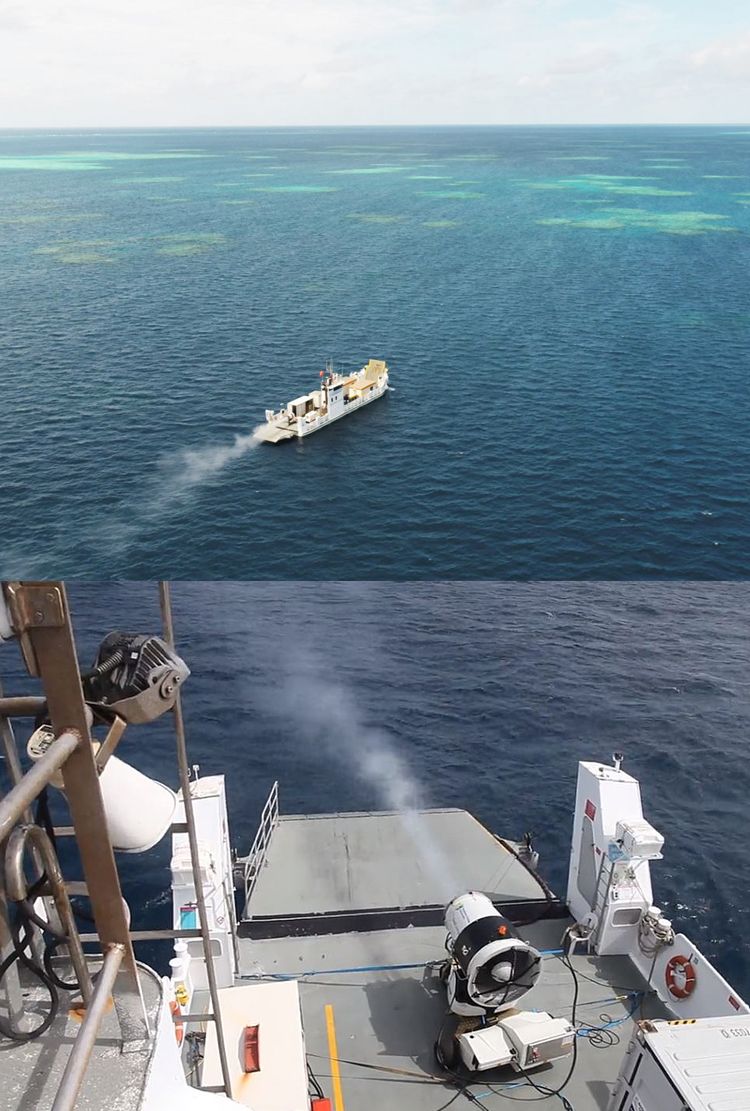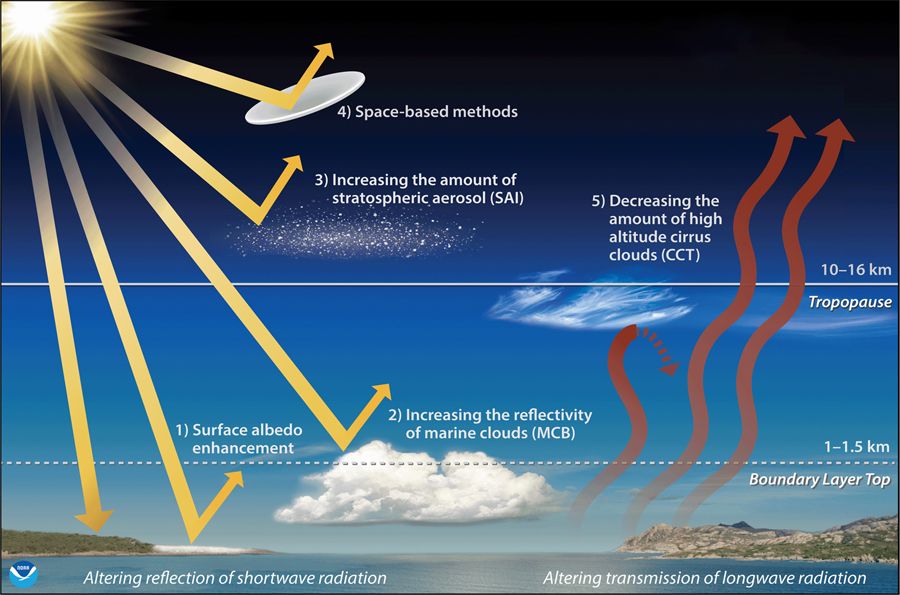Engineering the climate
Rising temperatures and increasingly extreme weather could make geoengineering trials a question of when, not if. The risks and opportunities of the controversial techniques must be studied now – and engineers have a key role to play

Dr Shaun Fitzgerald OBE spends his life preparing for conversations that he hopes will never happen. As global temperature records are broken and frustration grows at a lack of progress on emissions reductions, the director of the Centre for Climate Repair at the University of Cambridge is coordinating research into climate engineering.
Also known as geoengineering, the field is mainly concerned with solar radiation modification (SRM) – essentially, reflecting some sunlight back into space to stop it contributing to global warming. Some researchers are busy preparing for a future where governments start seriously discussing deployment of SRM, while simultaneously hoping that such controversial techniques are never required.
“I'll be the happiest man alive if those discussions aren't had,” says Fitzgerald. “In other words, we've made progress on emissions reduction and greenhouse gas removal, way beyond any of the scenarios that are considered now by the IPCC (Intergovernmental Panel on Climate Change).”
That unfortunately seems unlikely, so teams around the world are modelling possible scenarios and carrying out small-scale trials to prepare for the eventuality that widescale geoengineering becomes necessary. Climate scientists and interdisciplinary experts lead many of those projects – but, they agree, engineers have an increasingly important role to play.
Dr Shaun Fitzgerald OBE
Dr Shaun Fitzgerald OBE
Dr Shaun Fitzgerald OBE spends his life preparing for conversations that he hopes will never happen. As global temperature records are broken and frustration grows at a lack of progress on emissions reductions, the director of the Centre for Climate Repair at the University of Cambridge is coordinating research into climate engineering.
Dr Shaun Fitzgerald OBE
Dr Shaun Fitzgerald OBE
Also known as geoengineering, the field is mainly concerned with solar radiation modification (SRM) – essentially, reflecting some sunlight back into space to stop it contributing to global warming. Some researchers are busy preparing for a future where governments start seriously discussing deployment of SRM, while simultaneously hoping that such controversial techniques are never required.
“I'll be the happiest man alive if those discussions aren't had,” says Fitzgerald. “In other words, we've made progress on emissions reduction and greenhouse gas removal, way beyond any of the scenarios that are considered now by the IPCC (Intergovernmental Panel on Climate Change).”
That unfortunately seems unlikely, so teams around the world are modelling possible scenarios and carrying out small-scale trials to prepare for the eventuality that widescale geoengineering becomes necessary. Climate scientists and interdisciplinary experts lead many of those projects – but, they agree, engineers have an increasingly important role to play.

Explosive concept
On 15 June 1991, Mount Pinatubo in the Philippines exploded in a cataclysmic eruption. The volcano ejected more than 5km3 of material, with an ash plume more than 40km tall. At least 17 million tonnes of sulphur dioxide (SO2) was injected into the stratosphere, reacting with water to create a layer of aerosol particles.
Over the following year, those particles reflected sunlight back into space, cooling the planet by about 0.5ºC. Such a variation in global average temperature is far from insignificant – especially in 2024, when we are forced to confront the potential differences between 1.5ºC and 2ºC of warming over pre-industrial levels. Limiting global warming to 1.5°C could result in about 420 million fewer people being frequently exposed to “extreme” heatwaves, according to the IPCC, and about 65 million fewer people being exposed to “exceptional” heatwaves.
Researchers believe SRM could limit future temperatures in a similar way to the Pinatubo eruption. The most widely discussed potential system is stratospheric aerosol injection (SAI), which in most scenarios involves fleets of aircraft releasing aerosols into the stratosphere to create a thin haze that reflects solar radiation.
Mount Pinatubo
Mount Pinatubo
Explosive concept
On 15 June 1991, Mount Pinatubo in the Philippines exploded in a cataclysmic eruption. The volcano ejected more than 5km3 of material, with an ash plume more than 40km tall. At least 17 million tonnes of sulphur dioxide (SO2) was injected into the stratosphere, reacting with water to create a layer of aerosol particles.
Mount Pinatubo
Mount Pinatubo
Over the following year, those particles reflected sunlight back into space, cooling the planet by about 0.5ºC. Such a variation in global average temperature is far from insignificant – especially in 2024, when we are forced to confront the potential differences between 1.5ºC and 2ºC of warming over pre-industrial levels. Limiting global warming to 1.5°C could result in about 420 million fewer people being frequently exposed to “extreme” heatwaves, according to the IPCC, and about 65 million fewer people being exposed to “exceptional” heatwaves.
Researchers believe SRM could limit future temperatures in a similar way to the Pinatubo eruption. The most widely discussed potential system is stratospheric aerosol injection (SAI), which in most scenarios involves fleets of aircraft releasing aerosols into the stratosphere to create a thin haze that reflects solar radiation.
Dr Robert Bellamy, climate lecturer at the University of Manchester
Dr Robert Bellamy, climate lecturer at the University of Manchester
“If you wanted to reduce the Earth's temperature very, very quickly, then something like stratospheric aerosol injections is probably one of the few things you could do, potentially at quite short notice, to reduce the Earth's global temperature,” says Dr Robert Bellamy, climate lecturer at the University of Manchester.
Many questions will need to be answered before any consideration of widescale deployment, however. According to SAI start-up Make Sunsets – which, controversially, has already started small-scale particle releases from balloons – 1g of SO2 in the stratosphere could offset the warming effect of one tonne of carbon dioxide (CO2) for a year. But with more than 35 billion tonnes of CO2 emitted by mankind each year, how could enough SO2 be injected to make a difference?
Depending on where you spray, there are different engineering challenges. On average, the troposphere ends and the stratosphere starts at 12km up, at the upper limit of usual commercial traffic. SAI flights would likely require new aircraft capable of carrying tonnes of material up to 20km or so, where the air is much thinner.
“Nobody has ever needed an airplane that can get to that altitude with a payload, so nobody’s ever designed one,” says SRM researcher Douglas MacMartin at Cornell University in New York State, who has a background in aerospace engineering.

“Commercial aircraft engines, high-bypass-ratio turbofans, they're not going to produce enough thrust up there. What you want for this mission is high thrust-to-weight for your engine, and that puts you more in the realm of military engines.”
Previous work found this could be possible using GE F110 engines – normally found in fighter jets – on a new airframe with large wings, he said. But worthwhile results might also be possible using repurposed commercial aircraft such as Boeing 777s at higher latitudes, where the stratosphere is lower and emitted particles would bolster vital Arctic ice. Challenges in those polar deployments would involve building infrastructure above 60ºN (in line with Shetland) capable of facilitating hundreds of flights per year.
While loose academic consensus holds plane-based SAI as the most feasible geoengineering option, such projects are only theoretical for now. Previous balloon-based research, including Harvard’s Stratospheric Controlled Perturbation Experiment (SCoPEx) and the British Stratospheric Particle Injection for Climate Engineering (Spice) project might have provided useful knowledge, but were grounded before planned field tests.

Silver linings
Some geoengineering methods are more advanced. One of these is marine cloud brightening (MCB), which sprays seawater into the sky to cause brighter and whiter clouds to form. This reflects more sunlight away from the surface, cooling the water below – and, potentially, the wider area.
Projects have included stationary trials in San Francisco Bay earlier this year, and studies over the Great Barrier Reef, which has faced mass bleaching events from marine heatwaves. Led by associate professor Daniel Harrison of Southern Cross University in Australia, the project involves engineering collaboration with the Centre for Climate Repair in Cambridge, where work is focused on a delicate balancing act.
If droplets are too small, Fitzgerald says, “it's quite possible that you could help dry out the cloud – in other words, you'll end up evaporating it. Conversely, if you end up with lots of larger droplets, that end up with large salt crystals, you can then end up creating a cloud formed of larger droplets, which will then cause it to rain out quicker.”
The technique used so far has been ‘effervescent spray,’ pumping water and air together. This is very energy hungry and has quite a large droplet size range, Fitzgerald says, so the Cambridge group is developing another four methods.

Adopting techniques from diverse areas including paint sprayers, medical inhalers and the cooling blades of turbines, they include super-heated atomisation – which pressurises water and increases its temperature to above 100ºC, making it flash boil when it leaves the nozzle – pressurising water through very small holes, using voltage difference to electrospray the water, and even spraying air underwater to create a bubbling foam. A fifth project, led by Professor Hugh Hunt, is exploring the use of technology from inkjet printing.
Jesse Reynolds, chief of staff at the Degrees Initiative
Jesse Reynolds, chief of staff at the Degrees Initiative
MCB could be seen as less environmentally intrusive than SAI, says geoengineering expert Jesse Reynolds, author of The Governance of Solar Geoengineering: Managing Climate Change in the Anthropocene. Reynolds is chief of staff at the Degrees Initiative, which aims to put developing countries at the centre of the conversation.
“Some scientists believe that this may have applications that would be spatially and temporally constrained – temporarily cooling, for example, the Great Barrier Reef during an extreme heat event,” he says.
“That is equally its drawback, in that it can't be used globally, heterogeneously, because there's only certain regions that have the right clouds. And if you were to try to significantly cool the entire planet, you would end up with very spotty cooling, and that would change weather patterns.”
Marine cloud brightening
Marine cloud brightening
Marine cloud brightening
Marine cloud brightening
Adopting techniques from diverse areas including paint sprayers, medical inhalers and the cooling blades of turbines, they include super-heated atomisation – which pressurises water and increases its temperature to above 100ºC, making it flash boil when it leaves the nozzle – pressurising water through very small holes, using voltage difference to electrospray the water, and even spraying air underwater to create a bubbling foam. A fifth project, led by Professor Hugh Hunt, is exploring the use of technology from inkjet printing.
Jesse Reynolds, chief of staff at the Degrees Initiative
Jesse Reynolds, chief of staff at the Degrees Initiative
MCB could be seen as less environmentally intrusive than SAI, says geoengineering expert Jesse Reynolds, author of The Governance of Solar Geoengineering: Managing Climate Change in the Anthropocene. Reynolds is chief of staff at the Degrees Initiative, which aims to put developing countries at the centre of the conversation.
“Some scientists believe that this may have applications that would be spatially and temporally constrained – temporarily cooling, for example, the Great Barrier Reef during an extreme heat event,” he says.
“That is equally its drawback, in that it can't be used globally, heterogeneously, because there's only certain regions that have the right clouds. And if you were to try to significantly cool the entire planet, you would end up with very spotty cooling, and that would change weather patterns.”
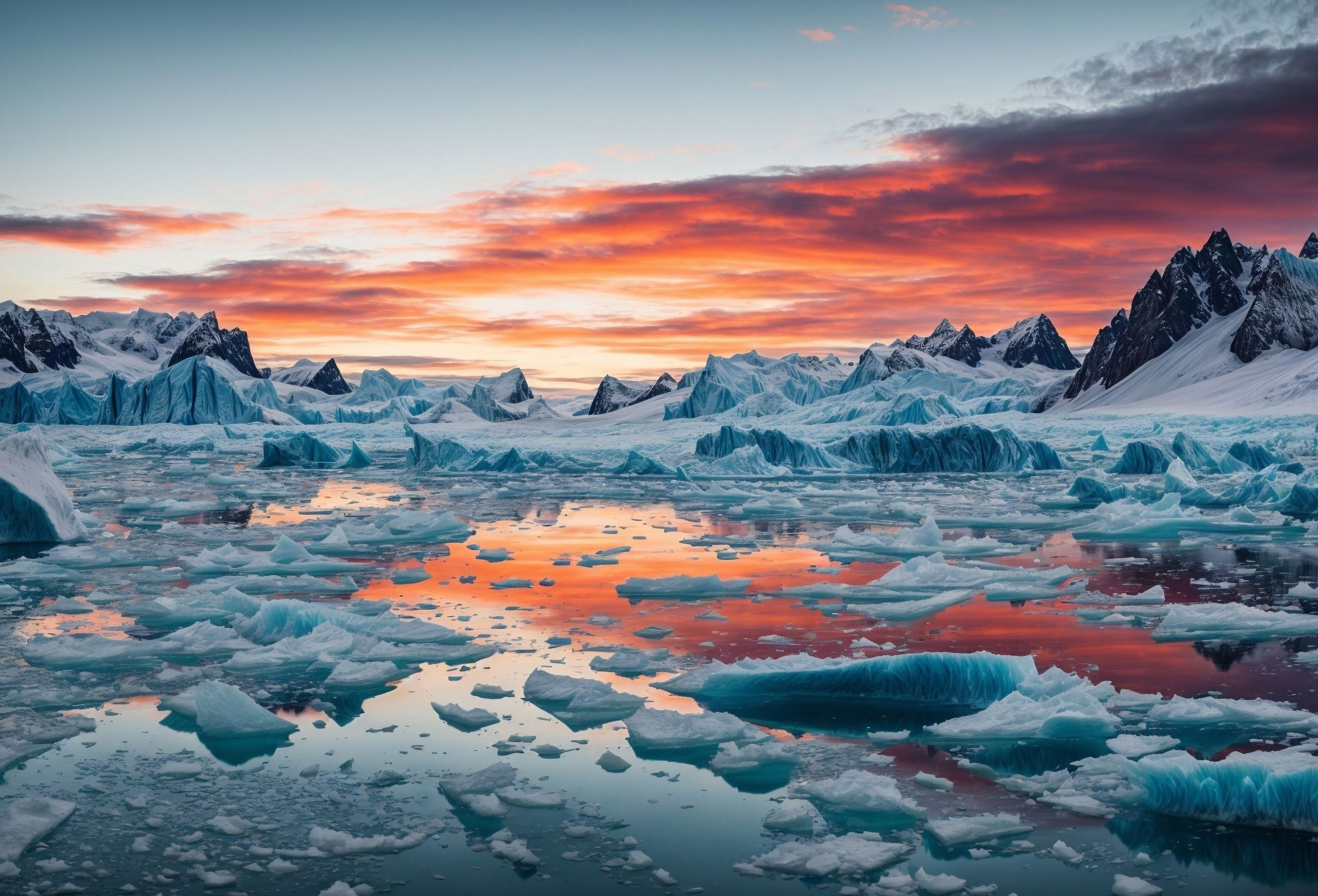
Bright ice
While marine cloud brightening might be more straightforward to deploy than stratospheric aerosol injection, other techniques could be even more low-tech. These include modifying the albedo (proportion of sunlight reflected) from urban areas or crops, using reflective roofs or planting different types of crops.
Other methods, also being investigated by the Cambridge team, focus on the polar regions. Ice is a “particularly wonderful and weird material” that regulates temperatures owing to its phase-change properties, says Fitzgerald. It also has a high albedo, reflecting 80% of sunlight, or even 90% when covered with snow. The open ocean, on the other hand, only reflects 10-20%.
The Centre for Climate Repair is exploring ways of boosting this protective shield, both by drilling holes in the ice to drain pools of less-reflective water and actually thickening the ice during winter so it lasts longer during the constant sun of the Arctic summer, with partners Real Ice and Arctic Reflections. One method involves pumping seawater on top of the ice, while the other pumps water onto snowfall to solidify it.
The researchers are doing lab work in the university’s cold room. Regional scale modelling is also being planned, while other modelling is exploring how much energy and how many pumps might be required to keep, for example, 10% of the Arctic sea ice frozen. Community-led field experiments have run for two winters in northern Canada, with plans for further tests.
At the other end of the complexity scale are even more extreme geoengineering concepts, such as using a ‘sun shield’ in space to block a small amount of light from hitting Earth. The concept seems unlikely – but, with reusable rockets maturing and launch costs falling, we could potentially reach a point where the idea becomes more appealing in the face of spiralling temperatures.
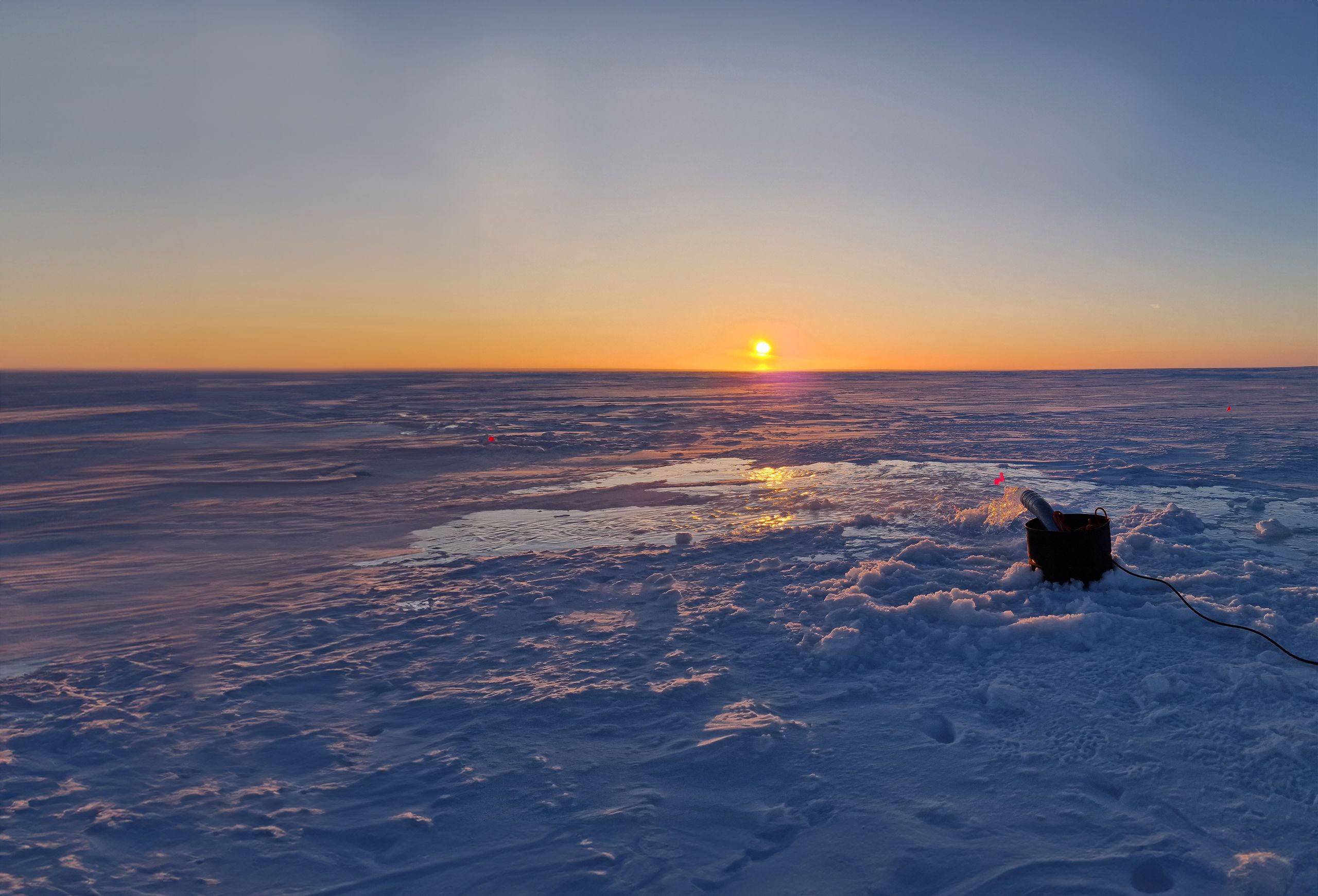
Termination shock
Avoiding serious consideration of widescale deployment will depend on our ability to meet international climate goals. At the moment, it is not looking good.
“The ambitions or aspirations to reach 1.5ºC are vanishingly improbable,” says Bellamy from the University of Manchester. Instead, the United Nations Environment Programme says we are on track for warming of 2.7ºC by 2100.
Several researchers, including Reynolds and Fitzgerald, predict serious conversations about deployment in 20 years’ time. Others, such as MacMartin at Cornell, say they could happen sooner.
“I think it's really obvious that climate change is going to get an awful lot worse than it is now, and I think in 10 years we're going to have very serious conversations about deploying,” he says. “It's almost a matter of when, not if. The risks of deploying are almost certainly less than the risks of not deploying, on the physical side.”
Those risks of deploying have been widely publicised. They could include changes to wind and rainfall patterns, causing drought and cyclones, and knock-on effects on agriculture. Sulphur dioxide could deplete the ozone, or increase acid rain. Another frequently raised concern is ‘termination shock,’ a predicted rapid rise in global temperatures if geoengineering goes ahead without other measures before being cut short.
“Termination shock is the big concern,” says Bellamy, “that if we ever wanted to do this stuff and we weren't reducing our emissions in the background, and then for whatever reason the geoengineering stops, then we'd get a big spike in temperature.”
Emissions reductions and carbon removal to reduce greenhouse gas levels would therefore need to go hand-in-hand with geoengineering. Reynolds describes one without the other as a “tense rope being pulled in both directions”.
“It begins to fray at a certain point,” he says. “Reflecting sunlight and trapping warming behave differently in the energy balance of the Earth. And, furthermore, there are secondary benefits of reducing the use of fossil fuels, such as particulates in the lower atmosphere, which cause enormous public health and environmental effects.”
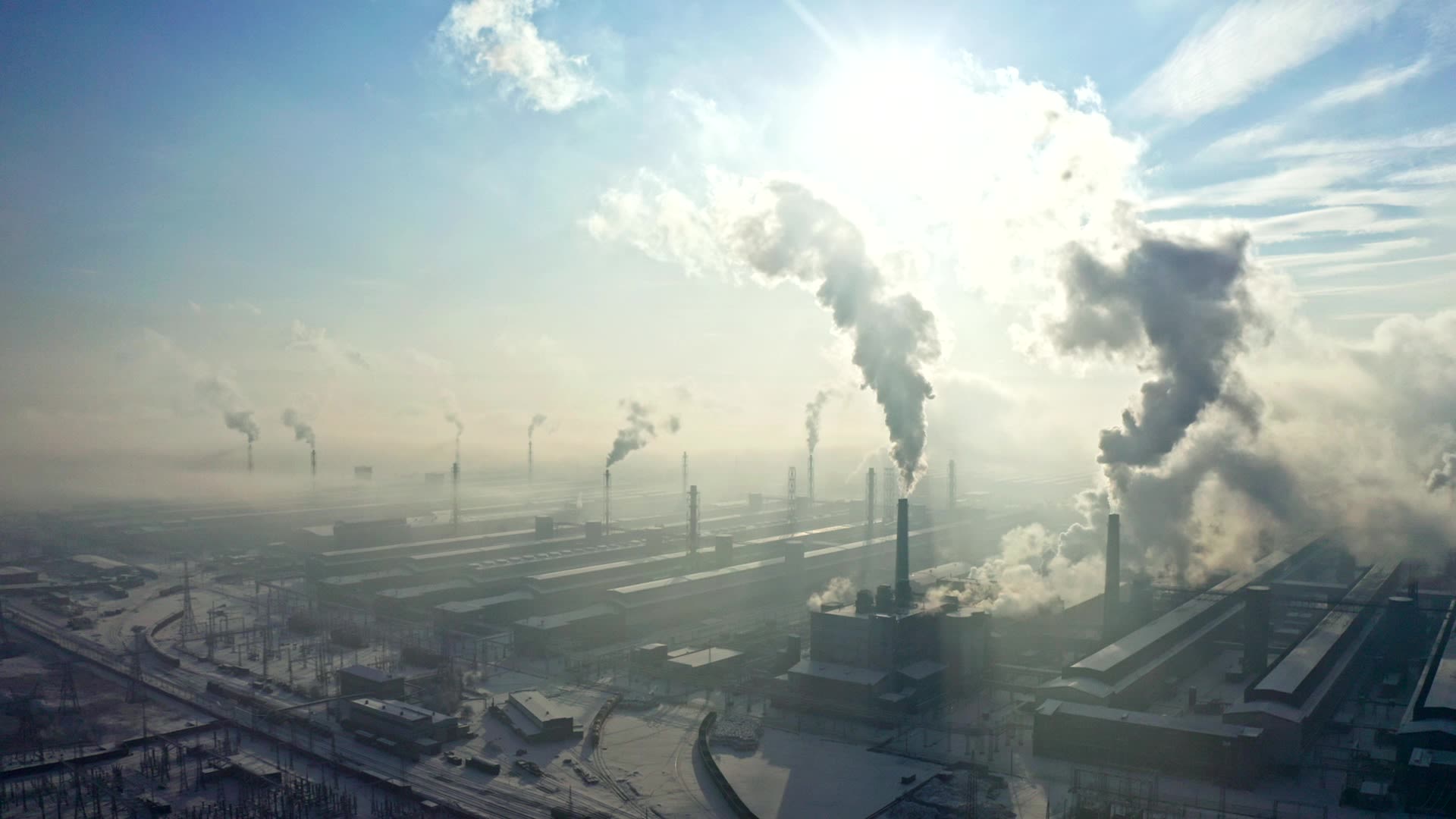
Different methods of solar geoengineering
Different methods of solar geoengineering
Engineering the conversation
Wherever we end up in 10 or 20 years, geoengineering is – and will remain – a “radioactive” topic, as one researcher describes it. Discussing it is difficult, with every conversation tempered with conditions and concerns, every suggestion mitigated with calls for more research and wider engagement. On one hand, researchers stress that deployment should not be happening yet, while on the other they call for more high-level investigations.
MacMartin’s Cornell colleague Dan Visioni highlights the “weird space” that researchers are working in. “When we talk about things in such an idealised way, it's also hard to argue for more involvement from engineers. But this is clearly changing,” he says.
Engineers will need to become more involved, enabling both the practicalities of testing and deployment, and the systems-scale thinking needed for such ambitious plans.
Some of those in the field, such as programme leader Joshua Horton from Harvard’s Solar Geoengineering Research Programme, believe the next frontier will be “a bunch” of small-scale field trials that release small amounts of materials, allowing researchers to check models and assumptions.
In the fight against the climate emergency, the most important weapons will be emissions reductions, likely strengthened by greenhouse gas removal and supplemented with nature-focused regeneration measures. But if large emitters continue to drag their heels, those methods may not be enough to maintain an environment for humanity and nature to flourish.
We cannot accept a world of chaos, starvation and conflict. We must explore the use of every tool at our disposal – and, if there are risks, they must be weighed against the existential risk of doing nothing.
To read full interviews with Dr Shaun Fitzgerald and other researchers, subscribe to the Professional Engineering Weekly newsletter.


